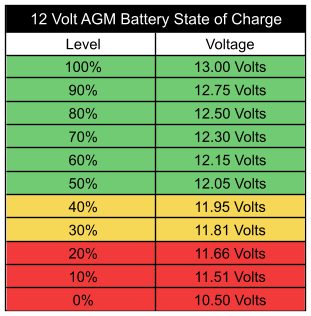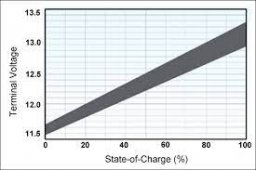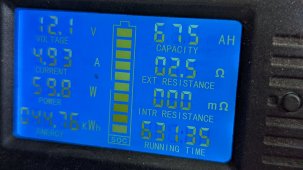Hey all.
I've had an off-grid office solarsystem that works great typically, undersized but works great.
I have the 40arenogy Rover charge controller. With 4 100w solar panels that are 2 in parallel and 2 in series.
I've always got about 40~ volts and 4-6amps. Recently I got a pair of extra panels that are flexible, I was planning to use them for camping and overlanding in my bronco. And when I wasn't using them I would have them on my office as a third set of panels. Since adding these to my system it seems like the batteries never charge past 65%~.
And I noticed the amps have hardly gone up with the extra panels.
If I disconnect this third pair of panels it will charge up higher but it would take longer.
Is there a better way to add this new pair of panels to get better charging?
I've had an off-grid office solarsystem that works great typically, undersized but works great.
I have the 40arenogy Rover charge controller. With 4 100w solar panels that are 2 in parallel and 2 in series.
I've always got about 40~ volts and 4-6amps. Recently I got a pair of extra panels that are flexible, I was planning to use them for camping and overlanding in my bronco. And when I wasn't using them I would have them on my office as a third set of panels. Since adding these to my system it seems like the batteries never charge past 65%~.
And I noticed the amps have hardly gone up with the extra panels.
If I disconnect this third pair of panels it will charge up higher but it would take longer.
Is there a better way to add this new pair of panels to get better charging?





